“It is a pity the album is already at the printing house, so we can’t include this work in it, but we will definitely exhibit it in the future,” Narek Van Ashughatoryan posted on his Facebook page a few days ago along with a photograph of an 18th-19th century “fantastic piece of embroidery from Marash”.
Narek has a collection of over 70 pieces of embroidery. They are pictured in the book “Rescued Armenian Embroidery”, which was presented at the National Gallery of Armenia on April 28, 2019.
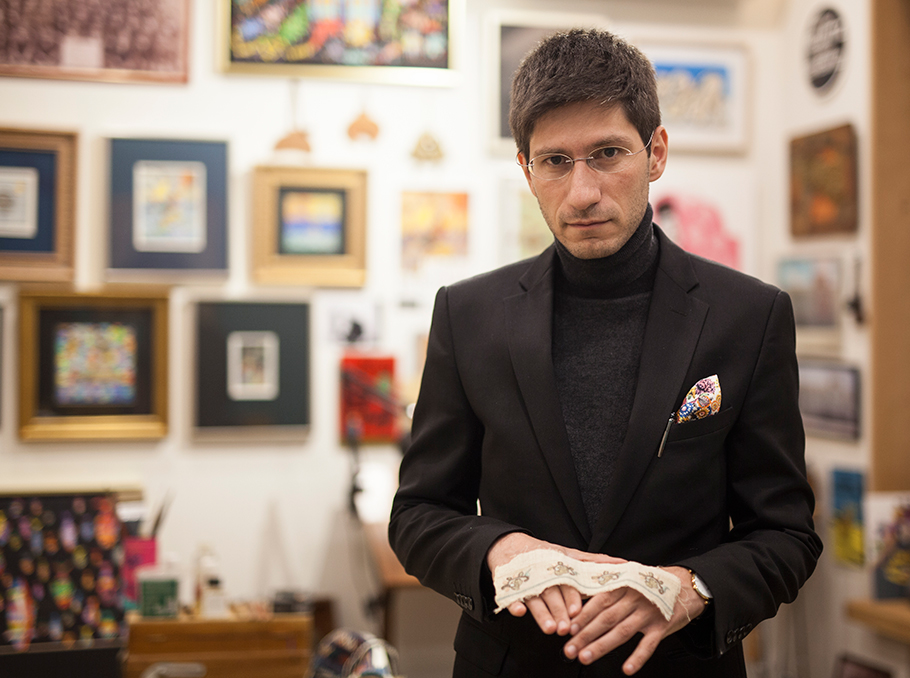 Narek Van Ashughatoyan
Narek Van Ashughatoyan Photo: Mediamax
Narek is the grandson of Hovhannes Sharamberyan, Honored Artist of the Armenian Soviet Socialist Republic (ASSR). After going through his heirlooms, small pieces of embroidery, Narek started thinking about the mission that was trusted to him through ownership of the items.
“It was clear the pieces were cut-outs, they were not complete. I began to wonder what was on the minds of the Armenian refugees who were fleeing their homes, not knowing if they would survive, and why they decided to take the pieces of embroidery with them.
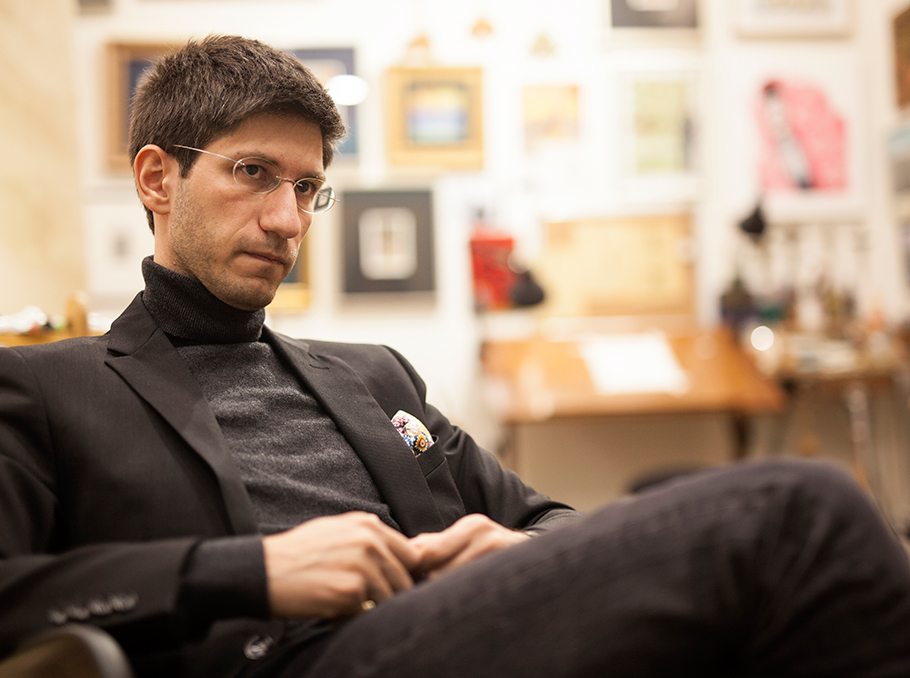 Narek Van Ashughatoyan
Narek Van Ashughatoyan Photo: Mediamax
Perhaps, it was an intuitive decision, but many refugees made it, so there was a sense of mission among them, a responsibility to save the pieces of culture they had and get it out of danger. The embroidery could not keep them warm or serve as clothing or a towel, they could not sell the cut-out pieces, but they probably still kept them to preserve the memory, give continuity to that art and, in a more global sense, maintain their identity.
I realized that if those people had the courage to leave more essential items behind to save these pieces, which I keep now, it means they passed down a specific message and mission to us,” told Narek.
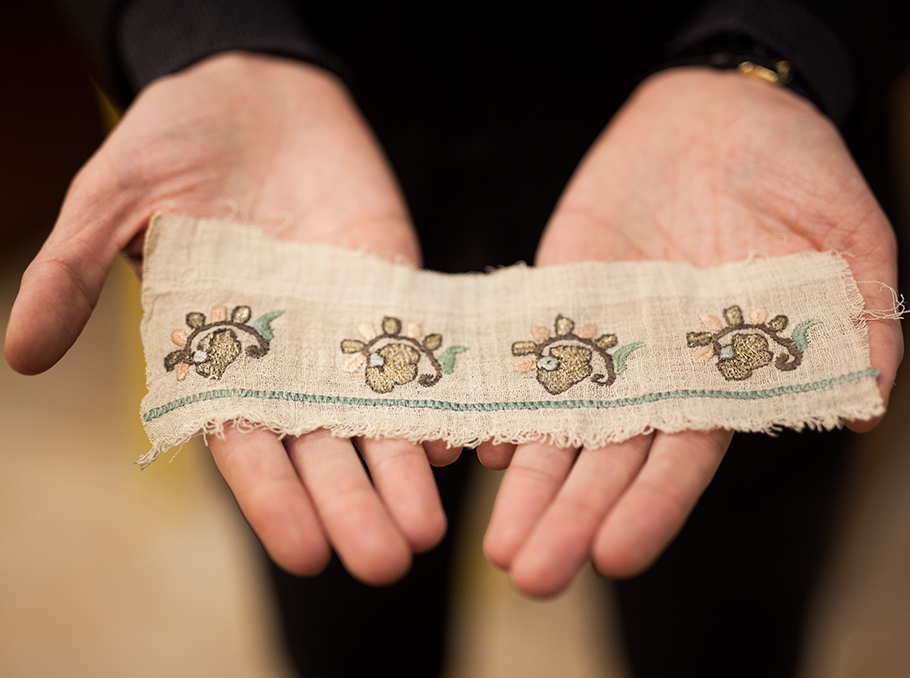
Photo: Mediamax
That is how Narek started researched Armenian textile and schools of embroidery. Plenty of works were left in Western Armenia in the homes of Armenian refugees. These riches were stolen and recovering them is a difficult, but important work.
“First, I searched the foreign markets and auctions. I tried the tag “Armenian”, but I found nothing and realized that the Turks not only stole the works themselves, but violated the copyright as well. The nation that produced the pieces was simply wiped out of the picture. The works depicted in my book are presented to the world as Ottoman or even Turkish embroidery, in some extreme cases,” added Ashughatoyan.
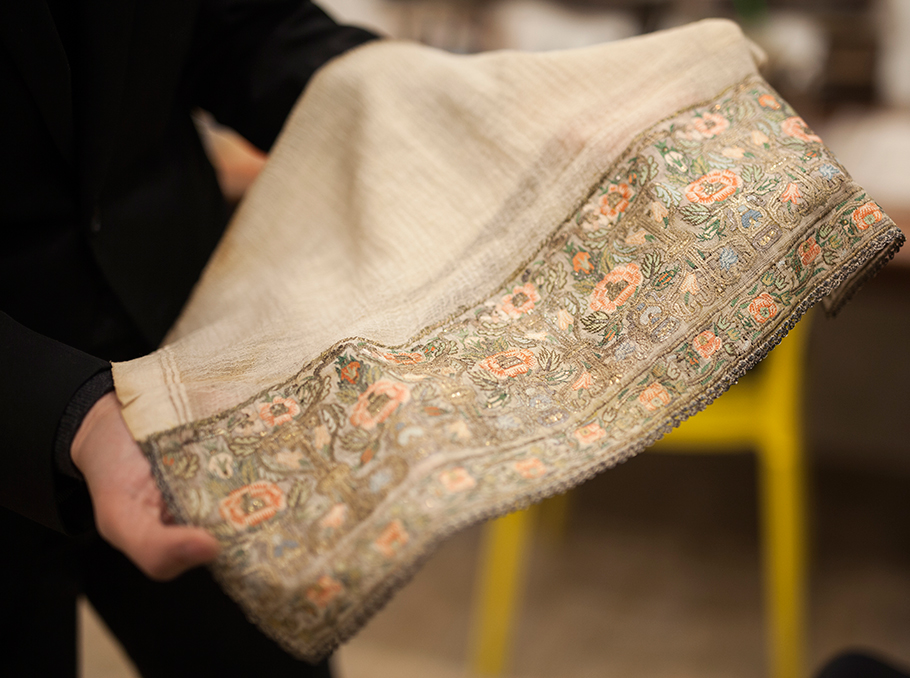
Photo: Mediamax
Having learned from that experience, Narek used it and the knowledge he had to search for “Ottoman” embroidery pieces. Afterwards, he separated the Armenian pieces. According to Narek, they can be distinguished from the works by other nations living in the Ottoman Empire by specific colors and style. The pieces in Narek’s collection (towels, blankets, handkerchiefs, ecclesiastical attire, and cut-out pieces of them) present the embroidery schools of Van, Marash, Urfa and Ayntap.
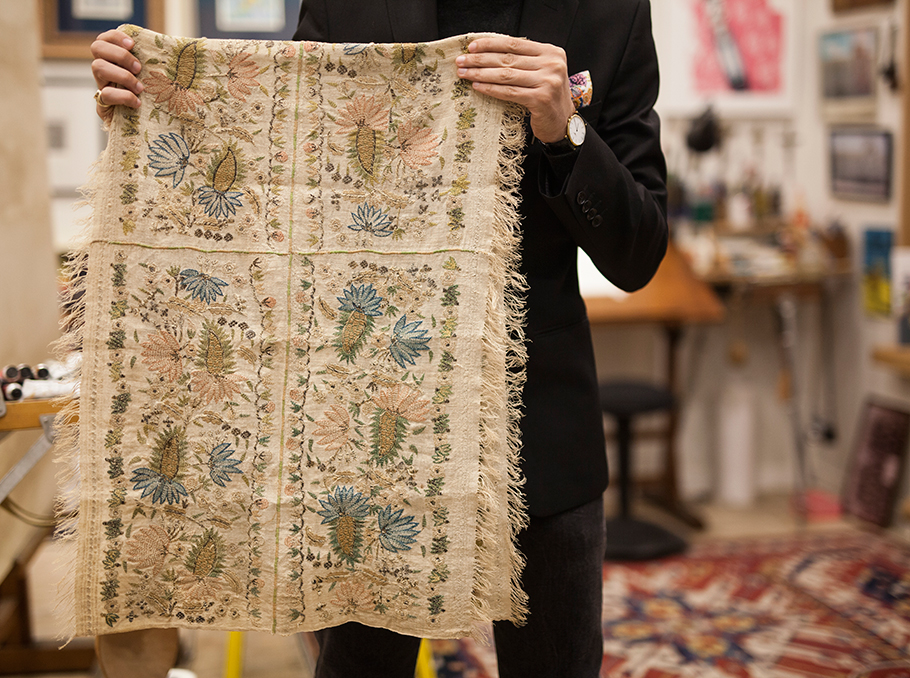
Photo: Mediamax
“This is painting for me. I look at some of the pieces and I see clearly that the maker had to be a painter or a designer to be able to produce a work of such quality. There are some primitive works too. Going from school to school, you notice the differences between them, the embellishments, and the “bad taste” of that time as well. In coastal cities especially, Armenians adopted elements of French and Italian embroidery as they were exposed to the respective goods supplied by sea. Nevertheless, these pieces are still distinctively Armenian,” said Narek.

Photo: Mediamax
For Narek, the purpose of “Rescued Armenian Embroidery” is not to raise scientific issues, but to make Armenian works public. The book, written in Armenian and English, will be sent to the world’s key museums, Armenian Studies centers, and Turkish universities. However, Narek believes that first of all, Armenian culture should be presented and preserved in Armenia.

Photo: Mediamax
“When I say “revival”, I don’t mean copying this fantastic towel. Our daily life has changed, however, the mentality, taste, color choice and external factors are still an interesting topic for study. We need to revive our daily life and culture, just in different ways. We don’t have to use this towel today, but a designer can use the embroidery on that towel to revive the style or use it as a foundation to create something entirely new,” explained Narek.
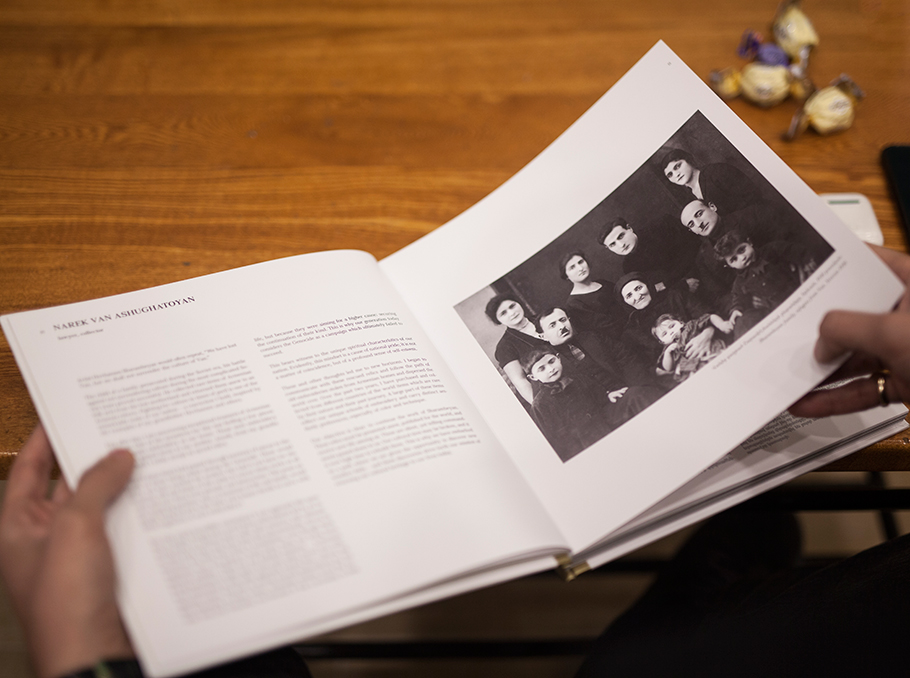
Photo: Mediamax
Narek is still replenishing his collection. According to him, it has become an “additionc”, which is costing him quite a lot.
“Although the world does not distinguish these works as Armenian, it values them. There is no common market price, but people who keep these works are well aware of their value,” he said.
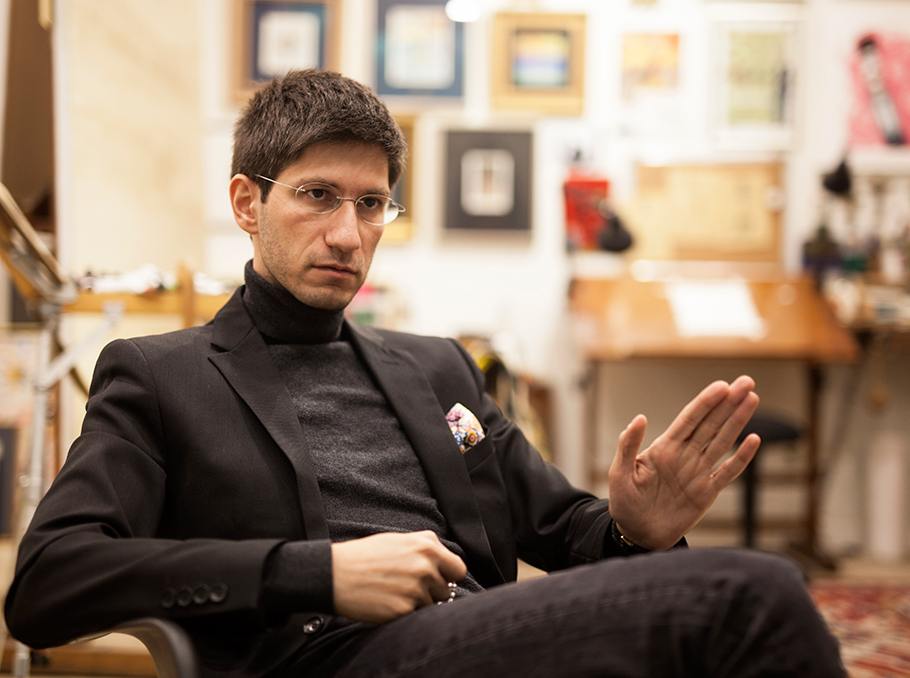 Narek Van Ashughatoyan
Narek Van Ashughatoyan Photo: Mediamax
The pieces of embroidery also tell stories of Armenians who assimilated into the Turkish society, the Armenian families who converted to Islam, stories about different Armenian villages.
The bilingual book is the first step towards representation of Armenian embroidery. The next one will be the exhibition of the rescued embroidery pieces.
Lusine Gharibyan
Photo: Emin Aristakesyan
















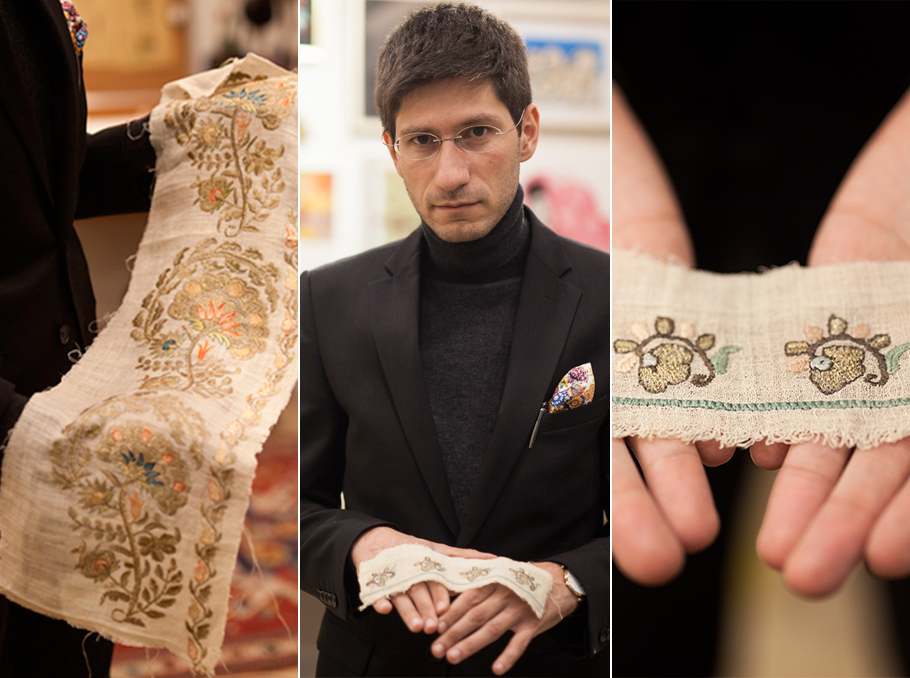
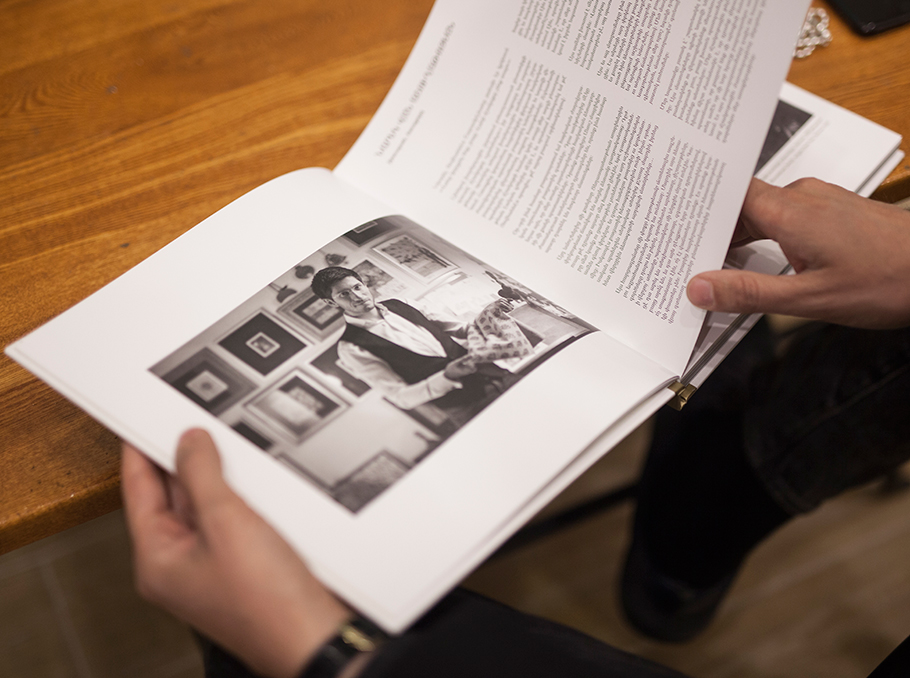
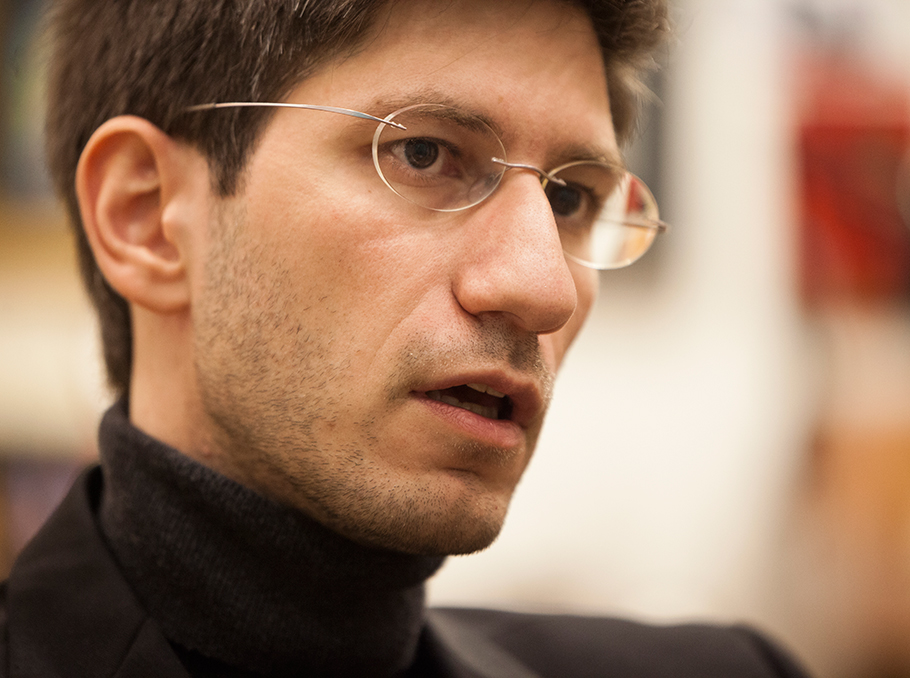
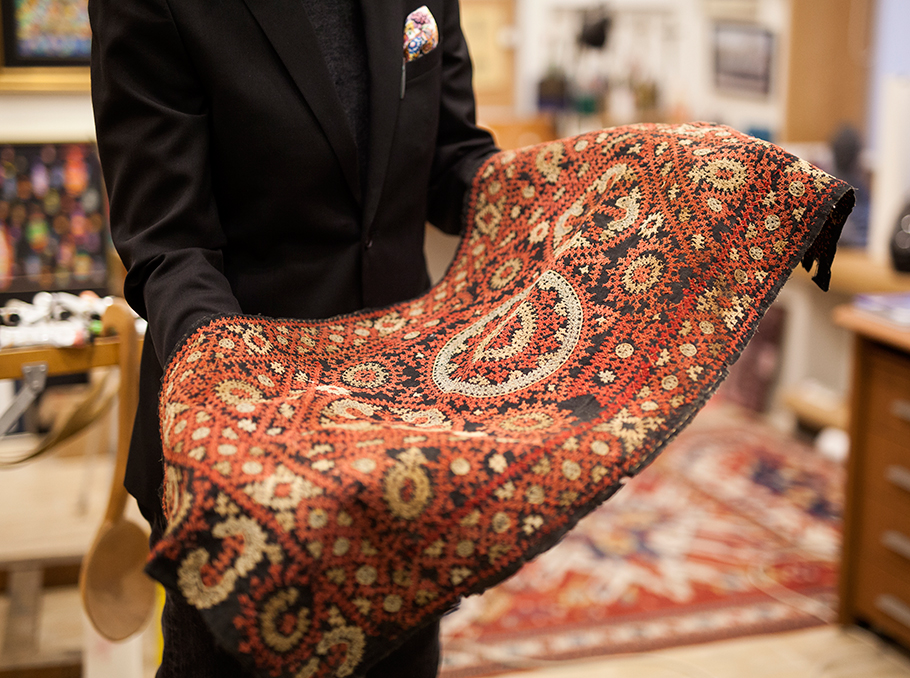

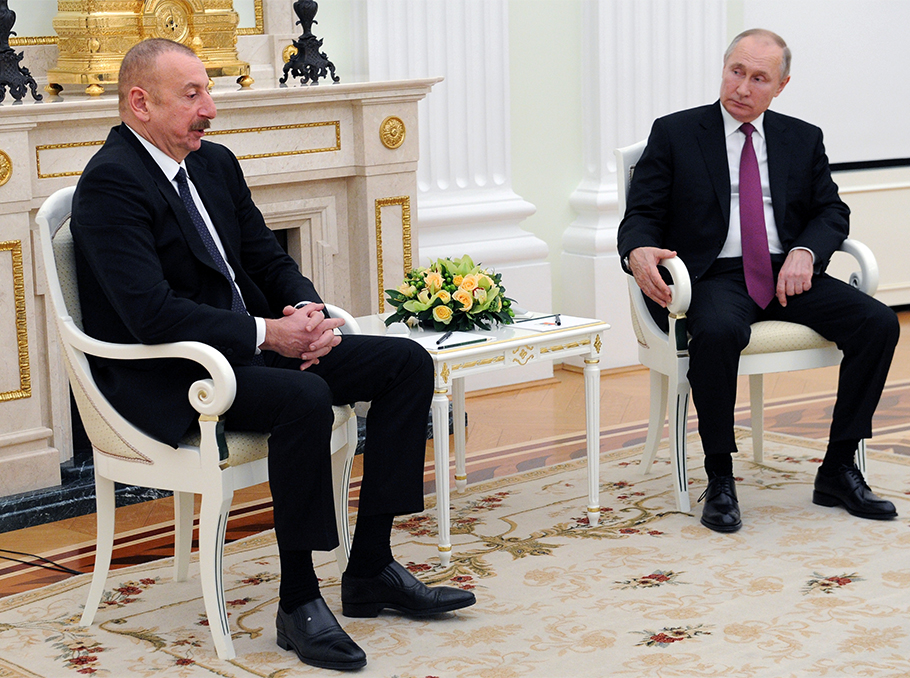
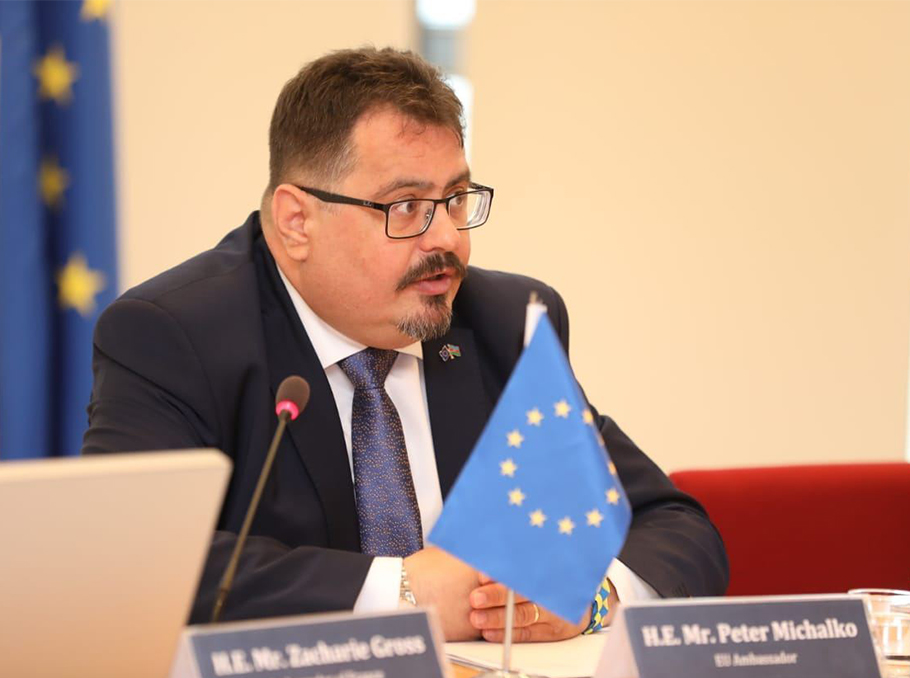
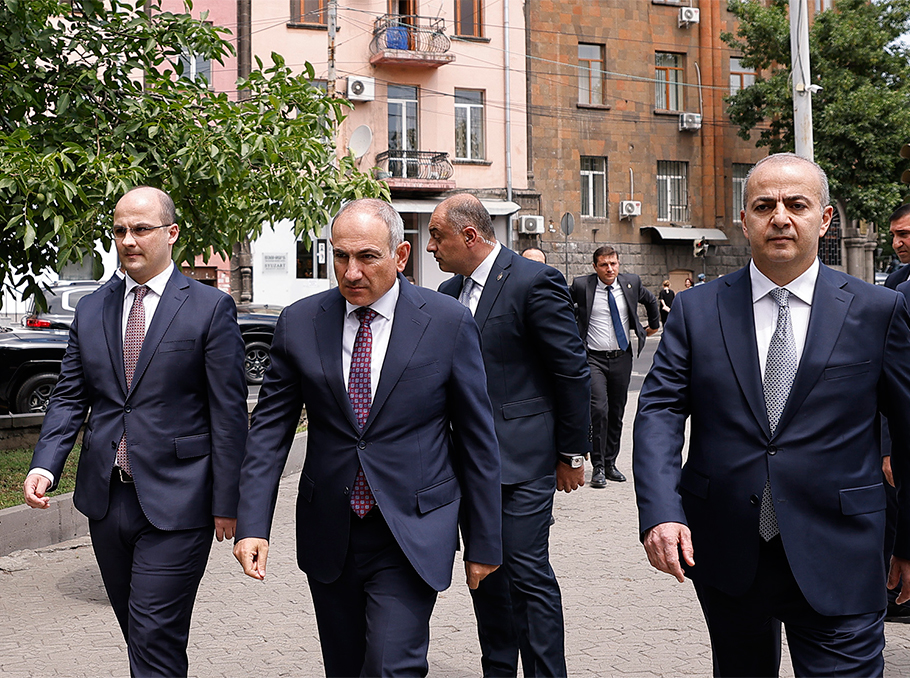



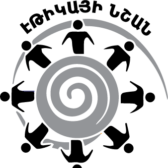



Comments
Dear visitors, You can place your opinion on the material using your Facebook account. Please, be polite and follow our simple rules: you are not allowed to make off - topic comments, place advertisements, use abusive and filthy language. The editorial staff reserves the right to moderate and delete comments in case of breach of the rules.